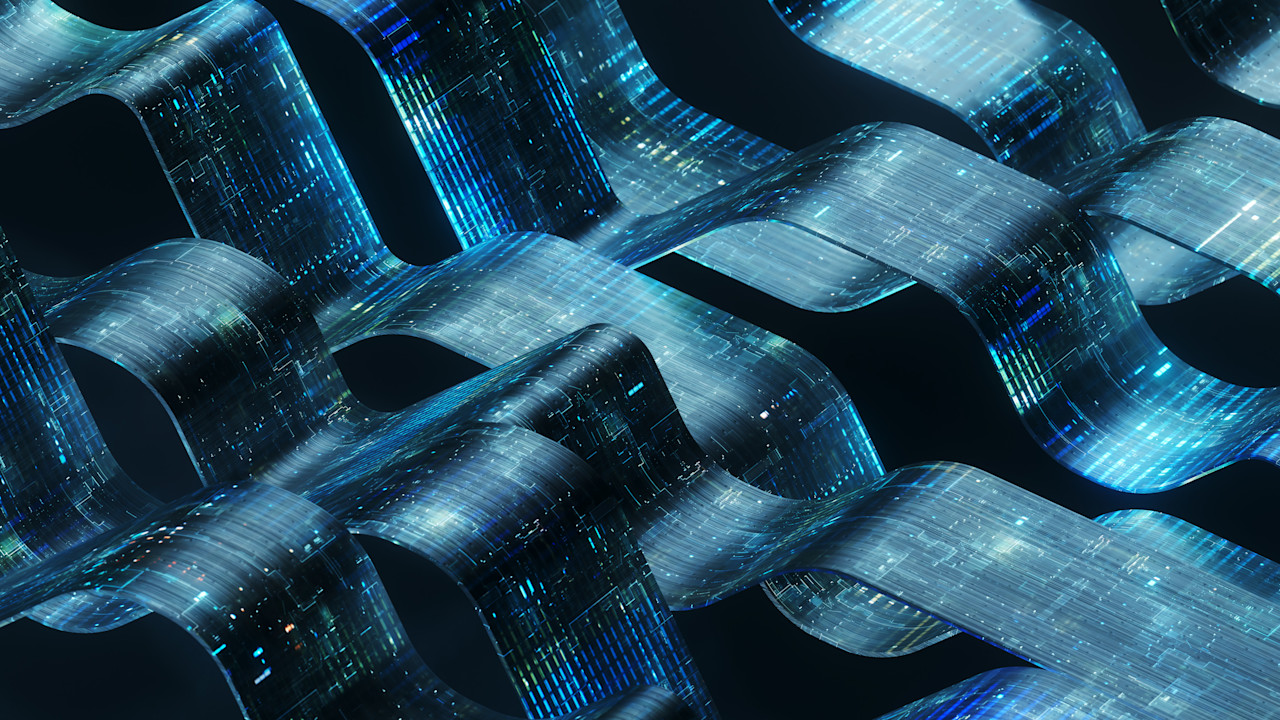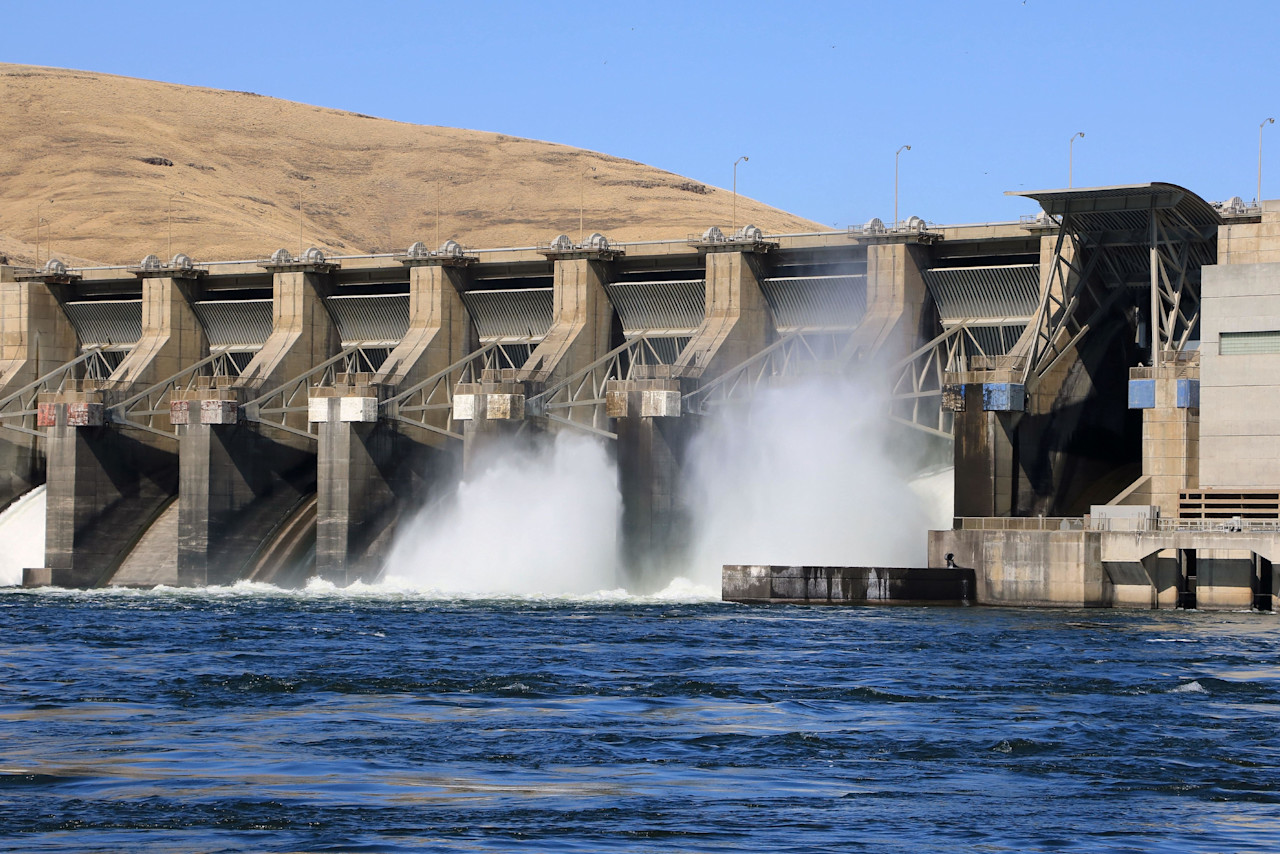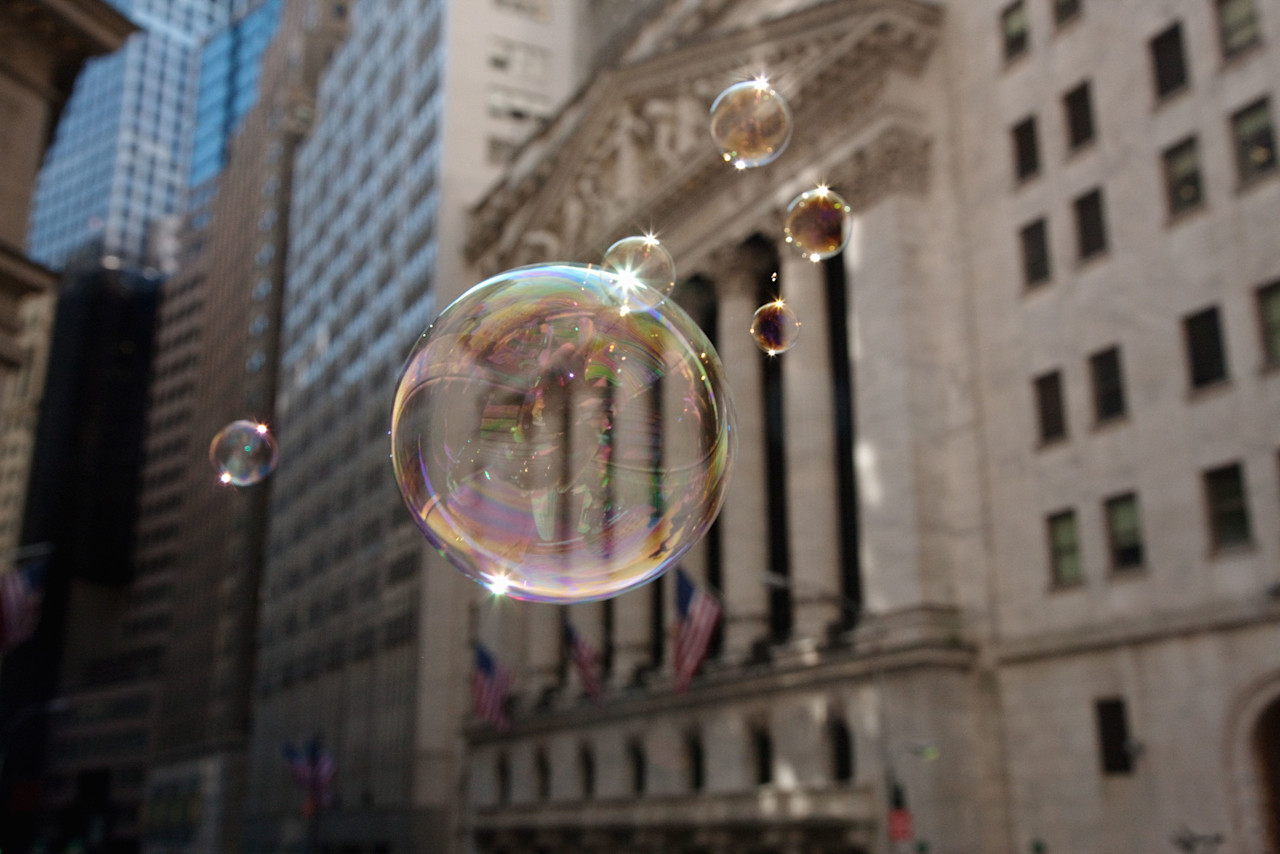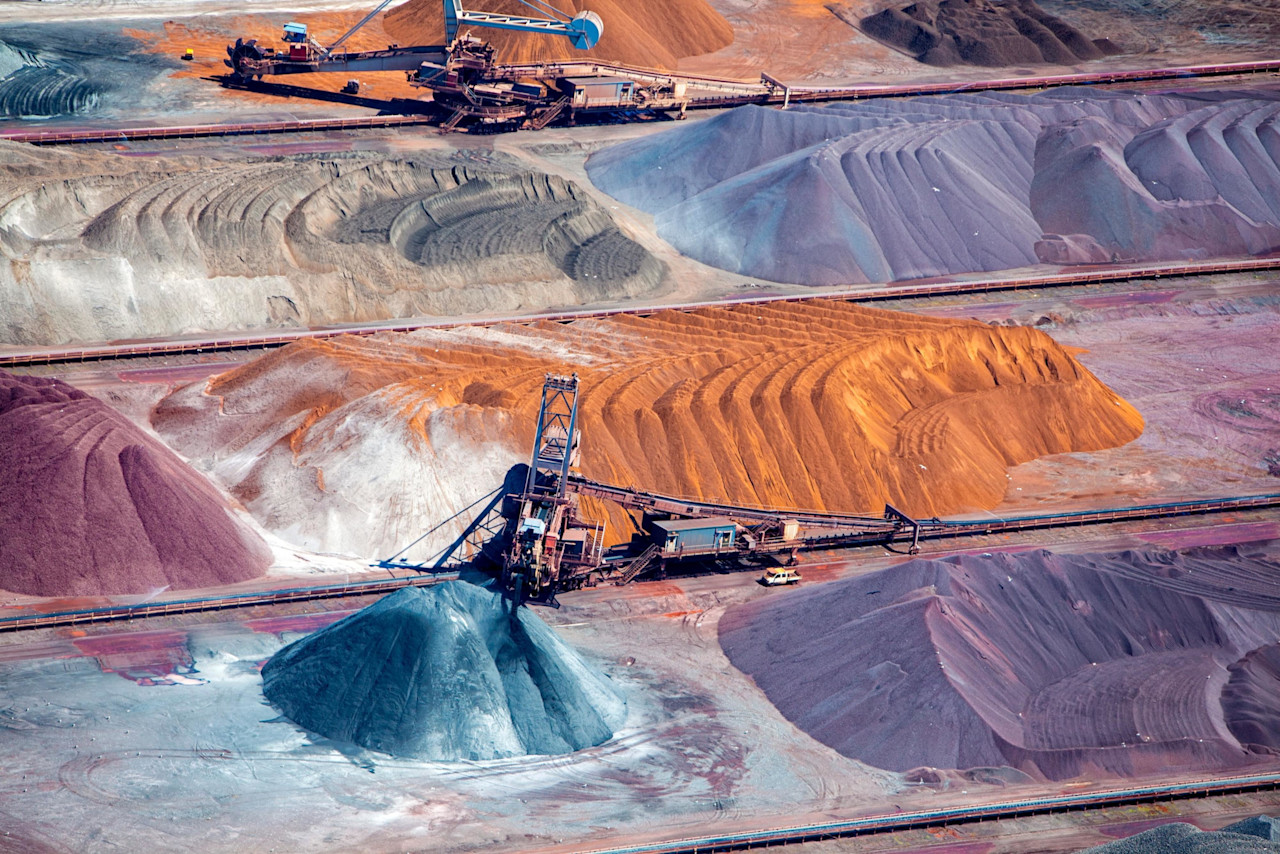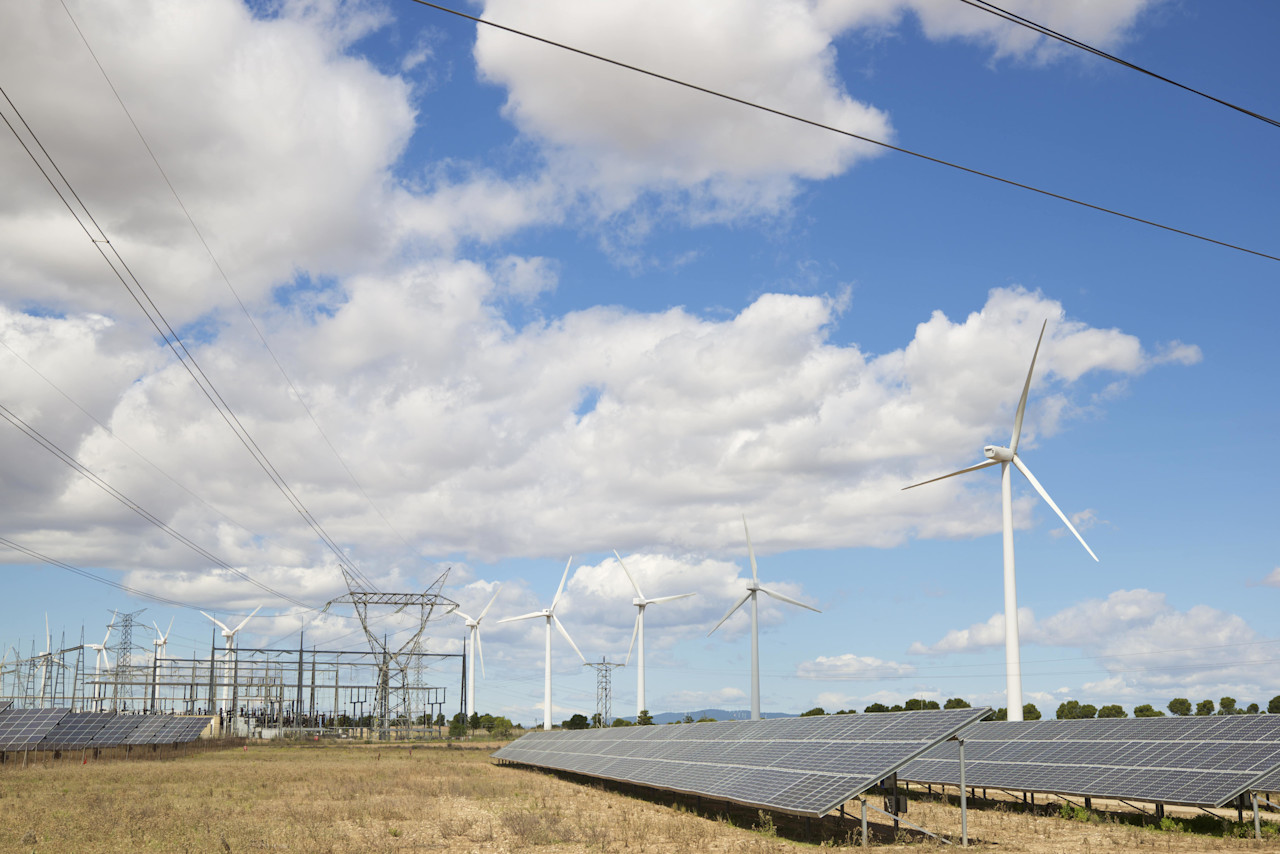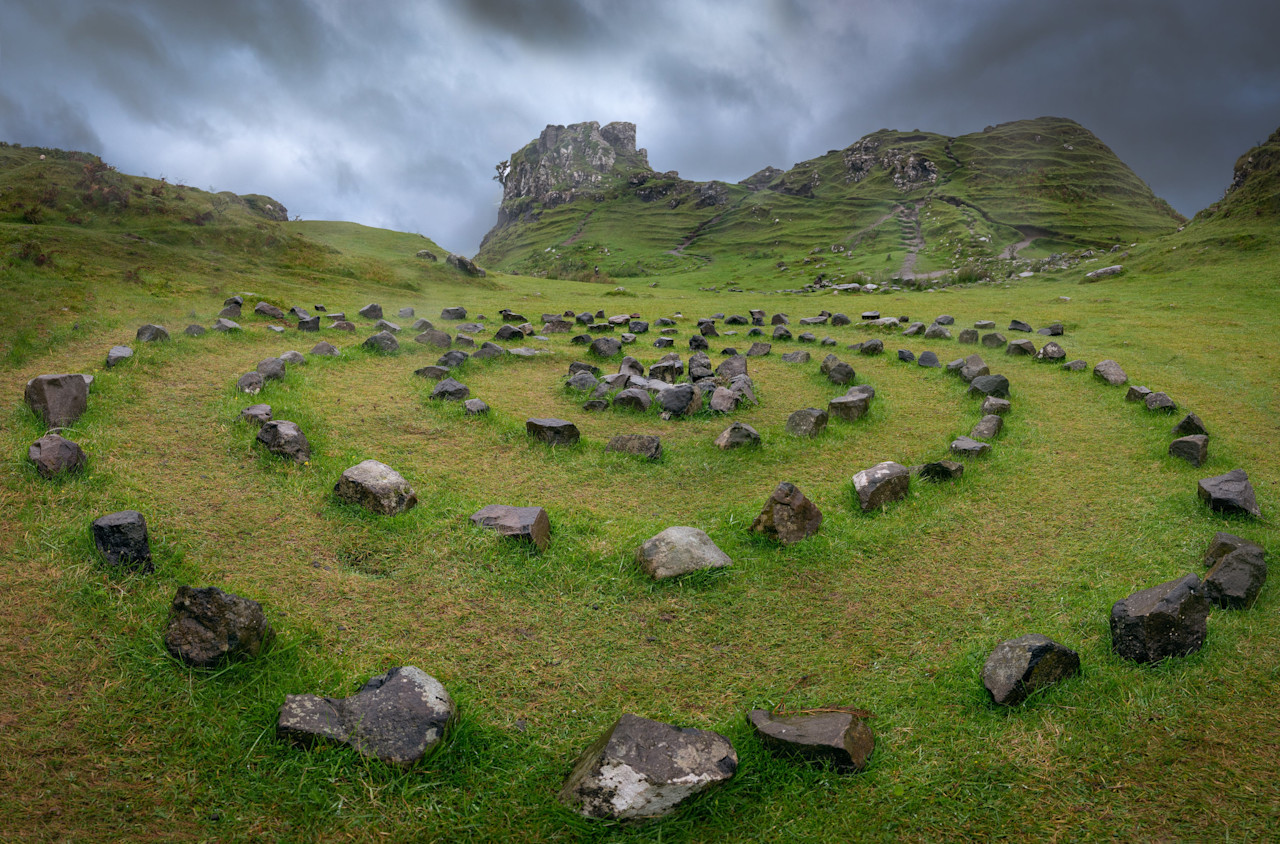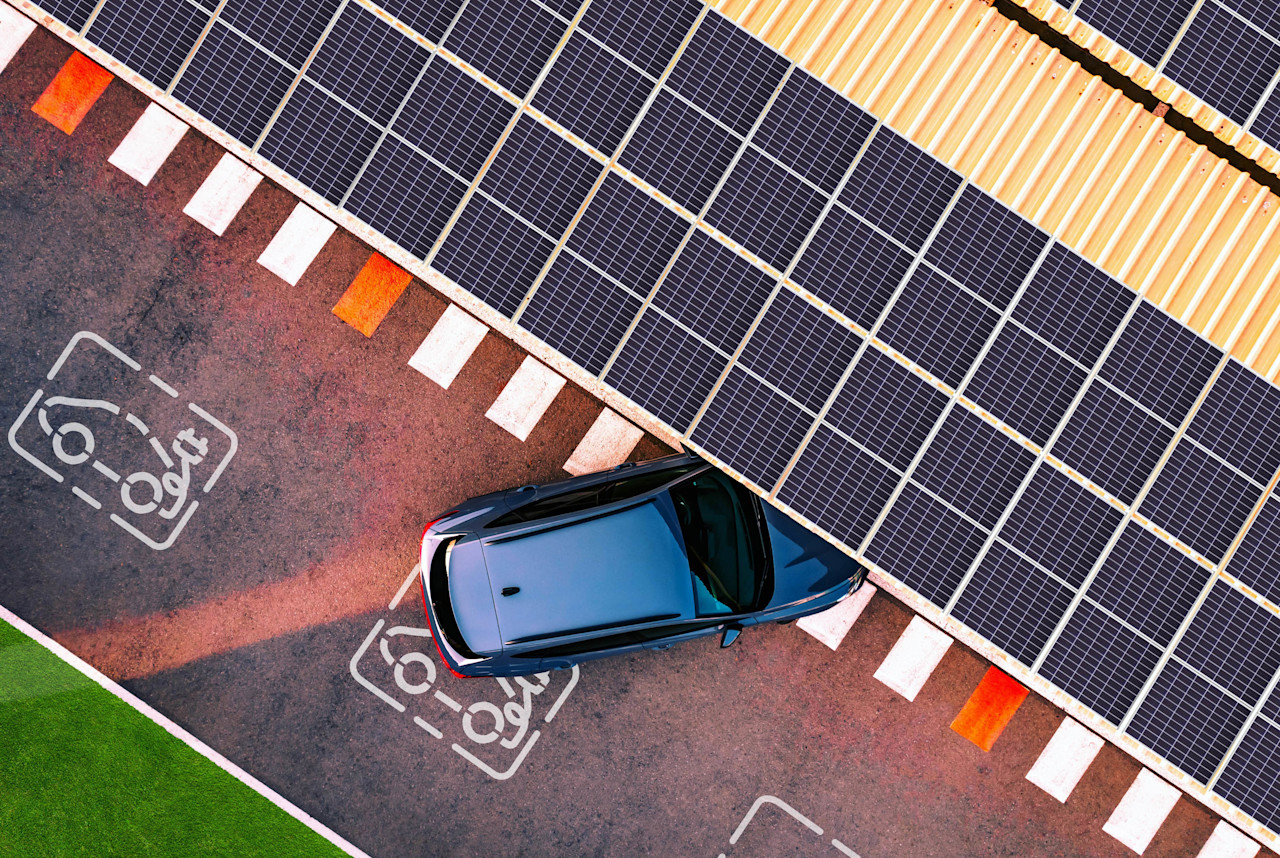The Magnificent Seven refers to the seven largest tech companies on the S&P 500 and MSCI World Indices by market capitalization. In December 2024, each exceeded USD 1 trillion in value, collectively representing one-third of either index's capitalization. The term was coined by Bank of America analyst Michael Hartnett in 2023 in a nod to the seven gunslingers of the eponymous 1960’s Western movie.
The Magnificent Seven by sector and market value

Source: Robeco, Bloomberg.
The market caps of Apple, Nvidia and Microsoft are all larger than the GDP of France. Due to their size, the Magnificent Seven have regularly accounted for more than 90% of the returns of the S&P 500, and were half the index’s 22% gain in 2024. This has led some commentators to create an alternative ‘S&P 493 Index’ stripping out the Magnificent Seven, to make performance comparisons of the majority of ‘normal’ index constituents more meaningful.
One facet of the grouping is that they are all US tech companies, and are not exclusively the seven largest companies in the world. The Saudi Aramco oil giant is not included, even though in December 2024 it was the world’s sixth largest company with a market cap of USD 1.8 trillion. Two other companies – the investment group Berkshire Hathaway and Taiwan Semiconductor – have both achieved market caps above USD 1 trillion, but are also not included.
Nvidia’s share price has risen tenfold in under two years

Source: Robeco, Bloomberg
The rise of tech giants and their journey to dominance
Of the seven companies, only Microsoft and Apple date back to the 1970s, though neither achieved prominence until the 1980s with the launch of personal computing. Amazon and Alphabet (then as Google) date to the start of the internet boom in the mid-1990s, while Facebook was not launched until 2004.
Tesla has made electric vehicles for the mass market from 2003. Nvidia is the outlier, as it was founded in 1993 but did not achieve mega-cap status until it started making the chips that power artificial intelligence from the 2010s, trebling its market cap in 2024 alone.
Microsoft became the first company to be worth USD 500 billion in 1999 and then Apple became the first to be worth more than USD 1 trillion in 2018. Microsoft founder Bill Gates became the world’s richest man in the 1990s, a title now periodically held by Tesla founder Elon Musk and Amazon founder Jeff Bezos.
Footnote
1 Market values at 5 December 2024 https://companiesmarketcap.com/




